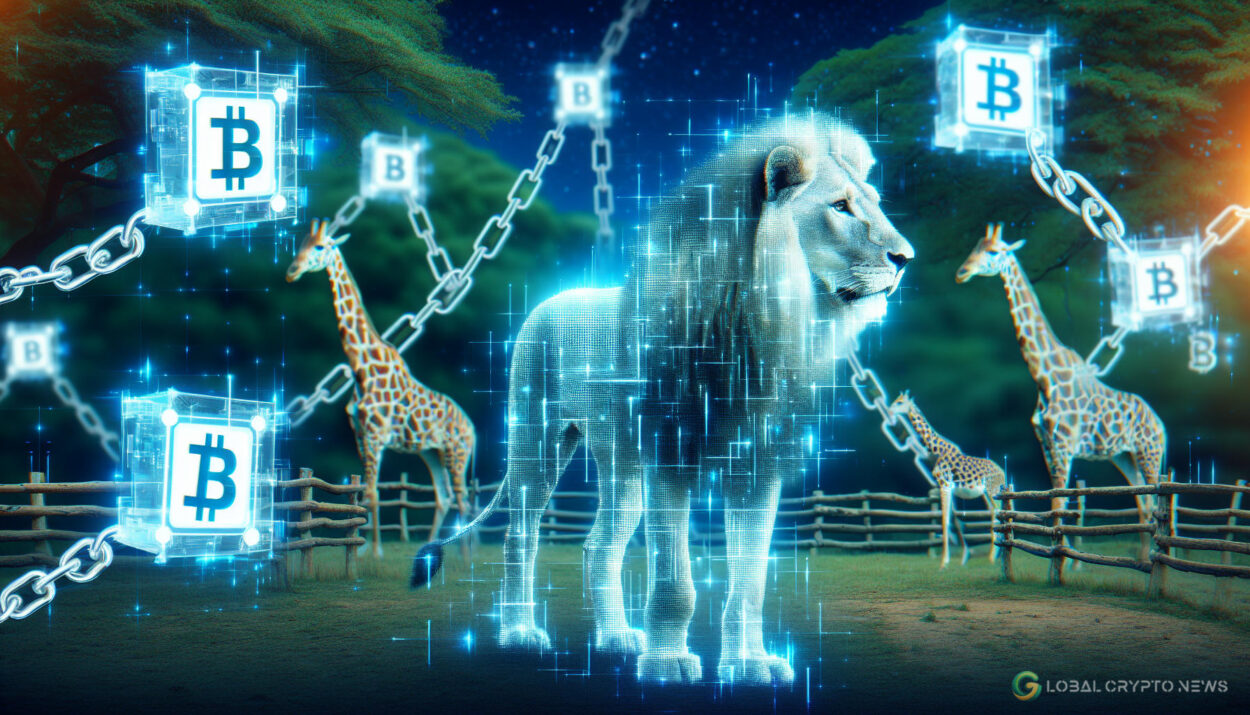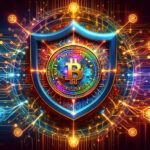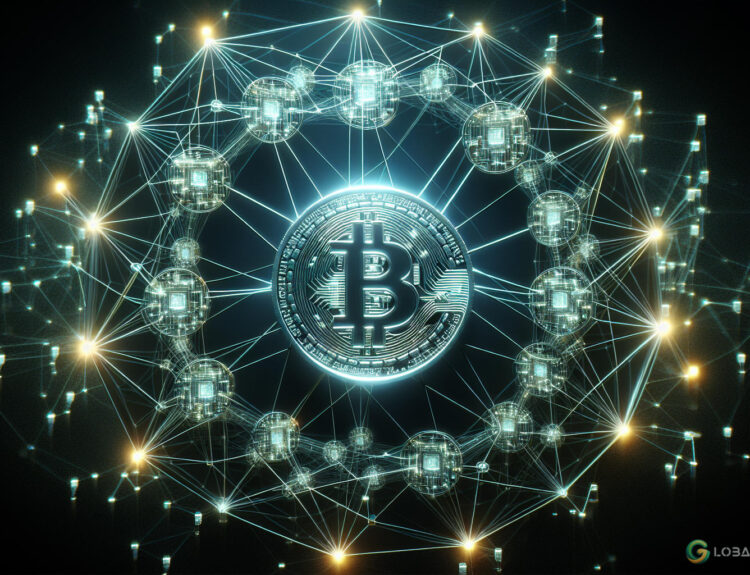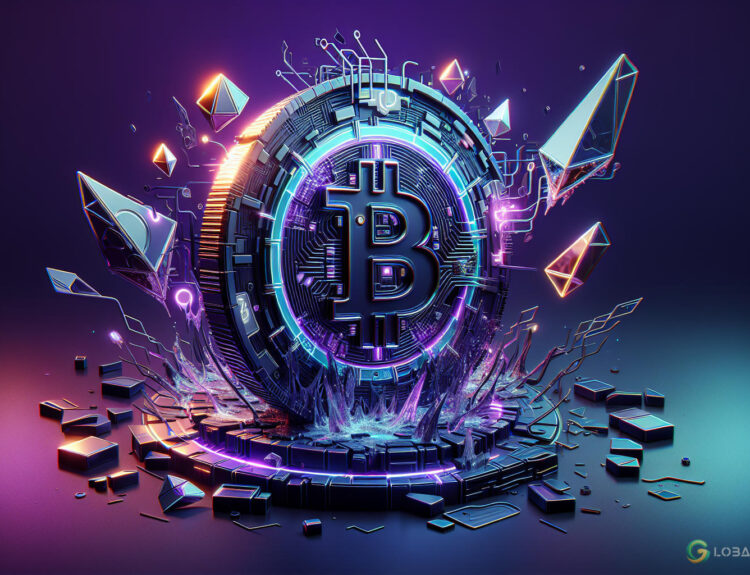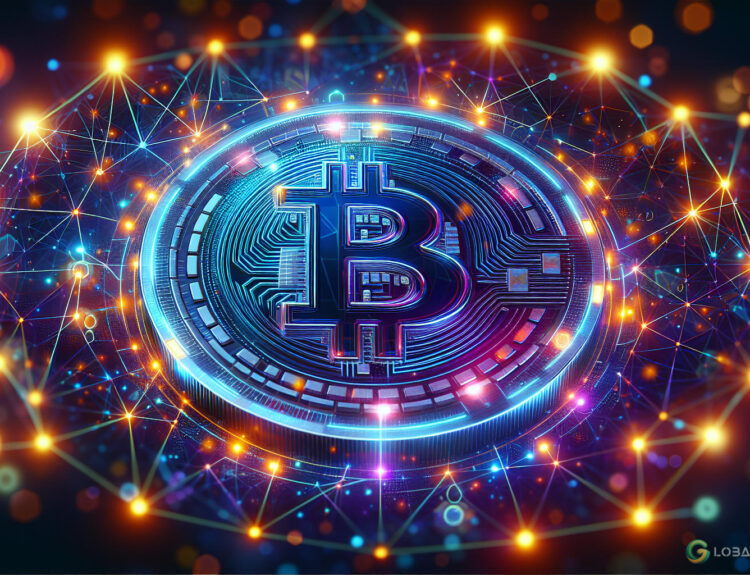Disclosure: The views and opinions expressed here belong solely to the author and do not represent the views and opinions of crypto.news’ editorial.
Non-fungible tokens (NFTs) are not dead. Their potential is different from what was initially seen during the rise and fall of the profile picture (PFP) market in 2021. Profile pictures, digital art, and collectibles are just a few basic use cases for NFTs. Unlike cryptocurrency tokens, each NFT is unique and cannot be seamlessly substituted for another.
The 2021 NFT Craze
Unfortunately, the concept of NFTs became synonymous with expensive JPEGs due to the 2021 NFT craze. This period did a disservice to both the crypto space and NFTs specifically. The speculative frenzy led to a dramatic drop in trading volumes by over 90% within a year.
The speculation on NFTs was a human issue, not a technological one. It mirrored other collectible markets, such as baseball cards in the ’80s, where only a select few items ended up being valuable.
Million-Dollar Zoo Animals
During the 2021 bull run, many people lost their sense of proportion, paying inflated prices for digital zoo animals. Celebrities and enthusiasts bought pricey PFPs as status symbols, flaunting their (alleged) wealth.
The idea of paying huge sums for new digital collectibles in hopes of future value appreciation was flawed. This led to a negative perception of NFTs among the general public, who now associate them with overpriced digital art.
Breaking Down the Fundamentals
The image of NFTs has been tarnished in the eyes of the broader public, which is unfortunate because NFTs have the potential to revolutionize digital ownership. To understand their transformative power, it’s crucial to grasp the fundamentals of NFTs.
An NFT is a data structure that models data with unique properties. As our lives increasingly move into the digital realm, the demand for digitally native goods will rise.
Modern Ownership
In the web2 world, digital ownership is often meaningless due to the ease of copying and sharing. Traditional digital rights management methods, like paywalls and encryption, create friction between content owners and their audience.
NFTs address this issue by providing a way to represent ownership of both physical and digitally native assets. However, it’s essential to understand the rights conferred by owning an NFT. Does it represent ownership of a physical item, digital art, or something else? Clear definitions are needed to avoid confusion.
Utility Beyond PFPs
NFTs offer utility beyond digital ownership. They can grant access to exclusive events, serve as collateral for loans, provide voting rights in DAOs, and represent positions in decentralized exchange (DEX) liquidity pools. These applications make NFTs a powerful tool for creators.
Often, non-crypto natives fail to distinguish technology from the asset, blaming blockchain for human errors or misconduct. Despite the decline in PFP collection prices, NFTs remain innovative. They play a crucial role in the ongoing real-world asset (RWA) revolution in the blockchain sector.
“NFTs aren’t dead; their innovation is simply overlooked.”
Aaron Evans is the head of foundational operations at the Moonbeam Foundation, a smart contract platform for building connected applications that can access users, assets, and services on any chain. With over 25 years of experience in the tech industry and a background in software engineering, Aaron previously served as senior vice president of Fuze, where he helped generate $100 million annually for the company.
#Crypto #FinTech #BigData




















